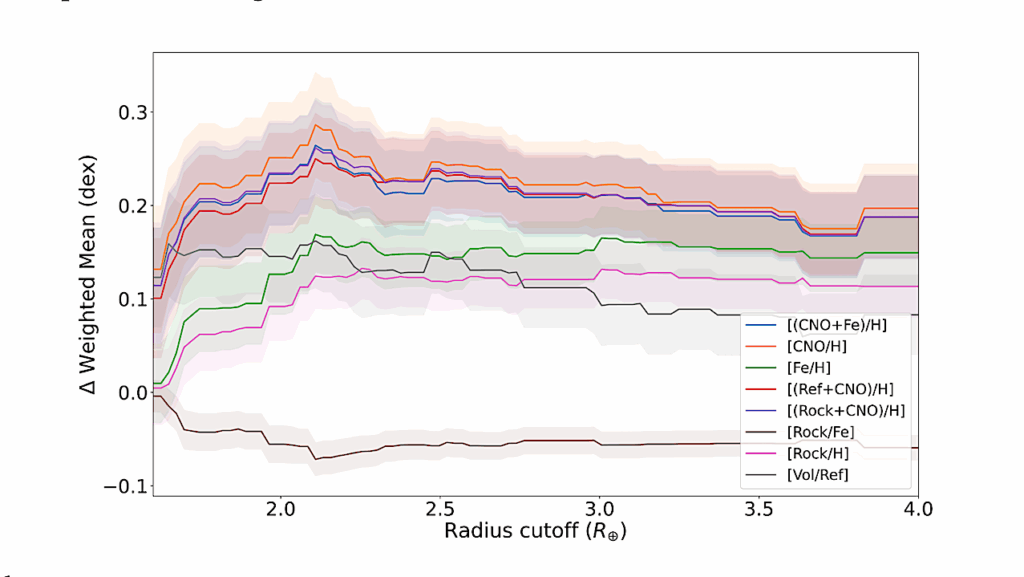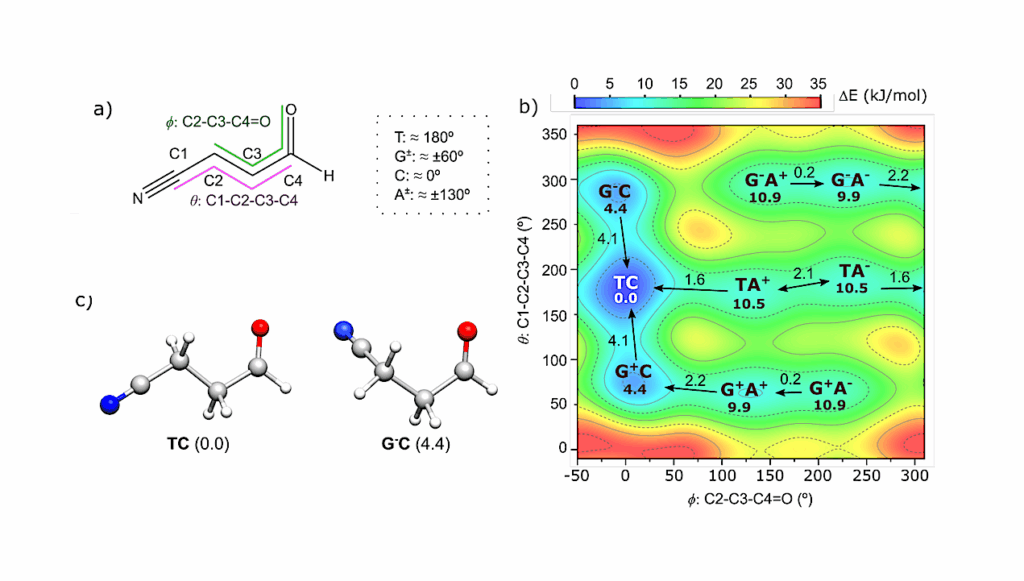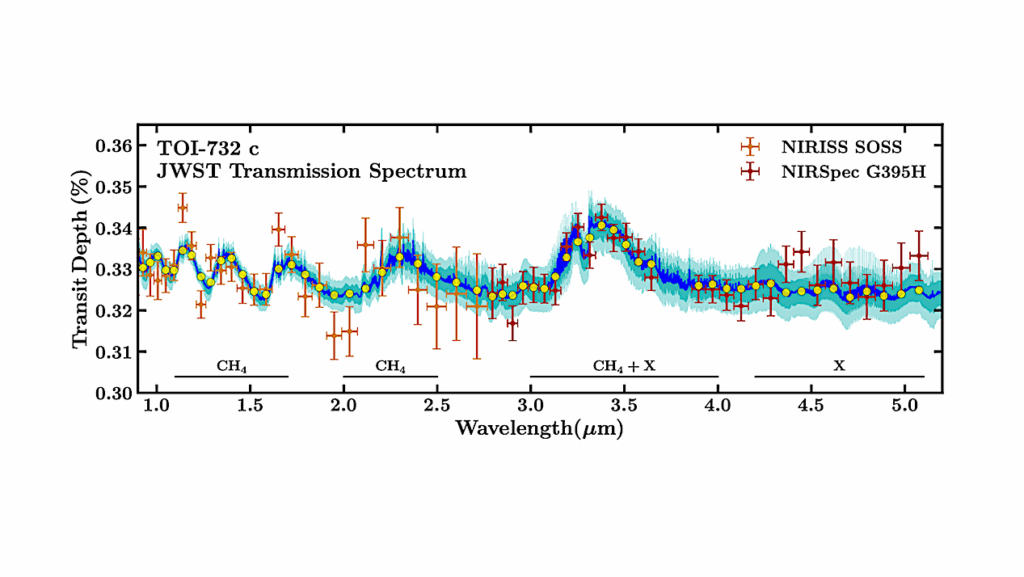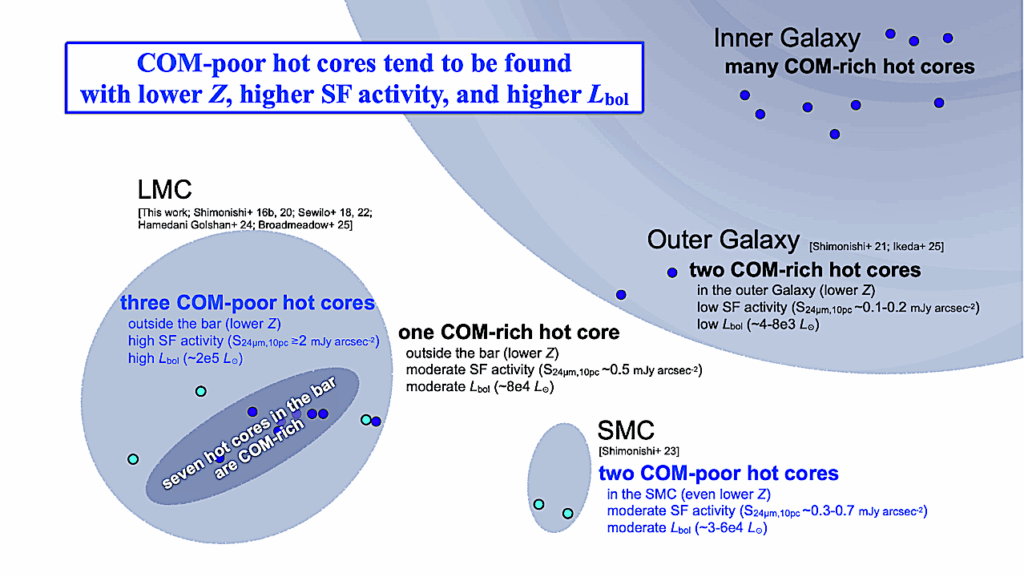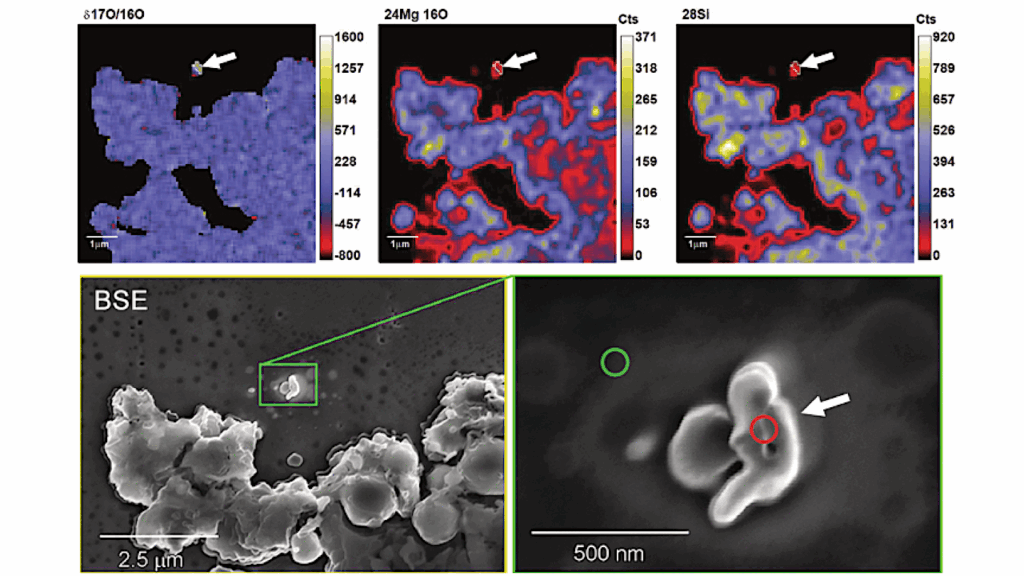An Unknown Class Of Water-rich Asteroids Has Been Identified

New astronomical measurements in the infrared range have led to the identification of a heretofore unknown class of asteroids
An international research team including geoscientists from Heidelberg University has succeeded in characterising these small planets using infrared spectroscopy. They are located in the asteroid belt between Mars and Jupiter and are – similar to the dwarf planet Ceres – rich in water. According to computer models, complex dynamic processes shifted these asteroids from the outer regions of our Solar System into today’s asteroid belt shortly after their creation.
With an equatorial diameter of approximately 900 kilometres, the dwarf planet Ceres is the largest object in the asteroid belt between Mars and Jupiter. Many other small planets orbit in this region as well. “These are the remains of the building materials from which the planets of our Solar System were created four and a half billion years ago. In these small bodies and their fragments, the meteorites, we find numerous relics that point directly to the process of planet formation,” explains Prof. Dr Mario Trieloff from the Institute of Earth Sciences of Heidelberg University.
The current study shows that the small astronomical bodies originate from all regions of the early Solar System. By means of small bodies from the outer Solar System, water could have reached the still growing Earth in the form of asteroids, because the building blocks of the planets in the inner Solar System tended to be arid, according to Prof. Trieloff, who heads up the Geo- and Cosmochemistry research group.
The new infrared spectra were measured by Dr Driss Takir at the NASA Infrared Telescope facility at the Mauna Kea Observatory in Hawaii (USA). “The astronomical measurements permit the identification of Ceres-like asteroids with a diameter as small as 100 kilometres, presently located in a confined region between Mars and Jupiter near Ceres’ orbit,” explains Dr Takir, astrophysicist at the NASA Johnson Space Center and lead author of the study. At the same time, the infrared spectra support conclusions as to the bodies’ chemical and mineralogical composition. Just like Ceres, there are minerals on the surface of the discovered asteroids that originated from an interaction with liquid water.
The small astronomical bodies are quite porous. High porosity is yet another characteristic shared with the dwarf planet Ceres and an indication that the rock material is still quite original. “Shortly after the formation of the asteroids, temperatures were not high enough to convert them into a compact rock structure; they maintained the porous and primitive character typical of the outer ice planets located far from the Sun,” explains Dr Wladimir Neumann, a member of Prof. Trieloff’s team. He was responsible for the computer modelling of the thermal development of the small bodies.
The properties of these Ceres-like objects and their presence in a relatively narrow zone of the outer asteroid belt suggest that these bodies were first formed in a cold region at the edge of our Solar System. Gravitational disruptions in the orbits of large planets like Jupiter and Saturn – or “giant planet instability” – changed the trajectory of these asteroids such that the objects were “implanted” in today’s asteroid belt. This was demonstrated through numerical calculations performed by the researchers on trajectory developments in the early Solar System.
The results were published in the journal “Nature Astronomy”. Scientists from France and the USA contributed to the research, which was funded by the German Research Foundation and the Klaus Tschira Foundation.
Late Accretion of Ceres-like Asteroids and Their Implantation into the Outer Main Belt, Nature Astronomy (20 February 2023).
Astrobiology, Astrochemistry


